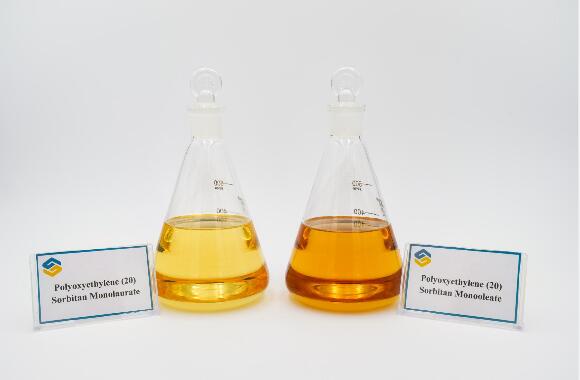
Surfactants act as interface stabilizers and almost all therapeutic protein products under research and development or on the market contain these excipients. Polysorbate 20 and 80 are the most commonly used surfactants. They are amphoteric non-ionic surfactants, which can protect biopharmaceutical products from interfacial stress such as mixing, filtration, pumping, filling, and carrying during production, and shaking, stirring, freezing, thawing, and lyophilizing during transportation.
Surfactants can competitively inhibit protein adsorbing at the interface to avoid interface-induced unfolding. Acting as the most commonly used surfactants, polysorbate 20 and polysorbate 80 e433 can effectivly prevent protein aggregation through specific interactions with hydrophobic regions where protein is liable to aggregate, as so to inhibit protein self-interaction.
Polysorbate 20 and 80 are also added to prevent protein adsorption and subsequent loss on the product surfaces, such as filters, pipes, main containers/enclosure, and intravenous injection devices during preparation and delivery. This is particularly useful in low-concentration products, where adsorption loss can significantly increase the total dosage of administration.
Polysorbate 20 and 80 are effective in low-concentration formulations due to their high HLB value and low critical micelle concentrations. Their hydrophilicity is due to the connection between polyoxyethylene and dehydrated sorbitol or isosorbitol, while their hydrophobicity is mainly due to esterification of fatty acid to polyethylene.